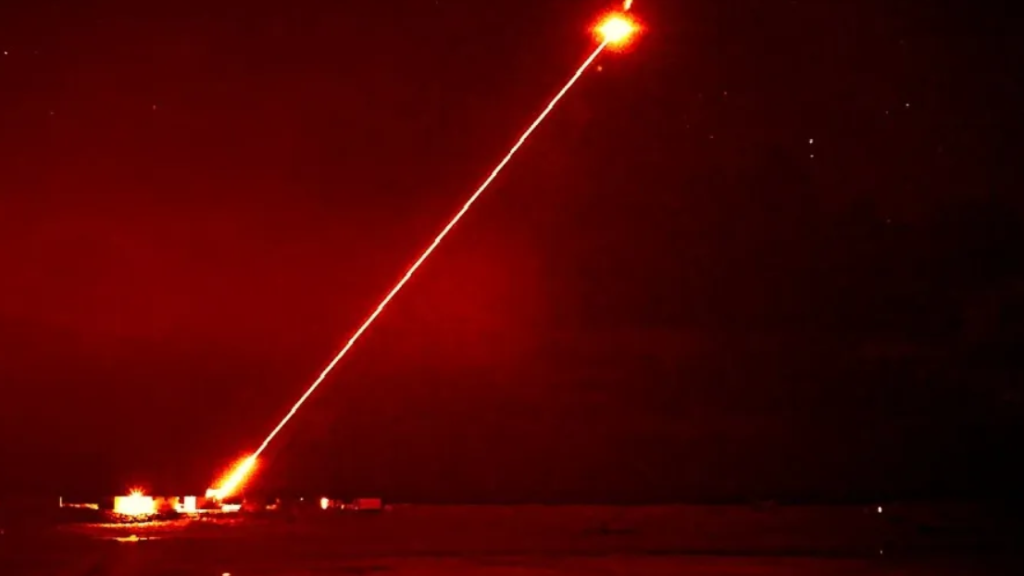Ukraine’s first homegrown laser weapon, Tryzub, is still in early development.
Others are reading now
Ukraine has revealed the first prototype of a domestically developed laser weapon system, named Tryzub.
The announcement came through a video released by Ukraine’s Drone Forces, showcasing the prototype in action, though it is still in the early stages of development.
This is not fantasy or science fiction. What we’re seeing is the beginning of something real,” said Oleh Katkov, Editor-in-Chief of Defense Express, during a broadcast on Radio NV. “Yes, it’s an early prototype, but it already works. It can hit targets. That alone is a huge step.
System Still in Early Stages
According to Katkov, the Tryzub system is currently capable of striking stationary targets, though it lacks the automatic tracking needed to engage moving threats such as drones or cruise missiles in real time. Despite this limitation, the system’s basic functionality has been confirmed.
Also read
The weapon operates by focusing a laser beam on a single point long enough to disable electronics or ignite batteries. Comparable systems in development in Western countries, such as the United Kingdom’s Dragonfire, aim for similar precision, with the ability to maintain a laser beam as narrow as 2.5 centimeters on a moving target.
Katkov noted that while Ukraine has not yet reached that level of accuracy, the current prototype lays the groundwork for further development once tracking modules are integrated.
One of the main technical hurdles for laser systems is the power supply.
High-energy laser weapons generally require fiber-optic lasers capable of generating at least 50 kilowatts of power. The exact specifications of Tryzub have not been disclosed.
We don’t know the specs of Tryzub yet,” Katkov said. “But judging by the effect shown, it’s already packing serious power.
Experts have emphasized the difficulty of developing such technology during an ongoing war, especially given the frequent targeting of Ukrainian defense industry infrastructure.
While the release of the Tryzub system has generated excitement, Katkov advised against overestimating its immediate capabilities.
Let’s not jump to conclusions,” he said. “This is not a deployable city-defense system yet. It’s not ready to shoot down ballistic missiles tomorrow. But the laser exists. And that’s not just words — that’s video. That’s evidence.
Though not ready for mass deployment, the weapon could move to advanced testing phases once its core systems—particularly tracking and targeting—are improved.
Officials have not released details on further testing or deployment plans.



